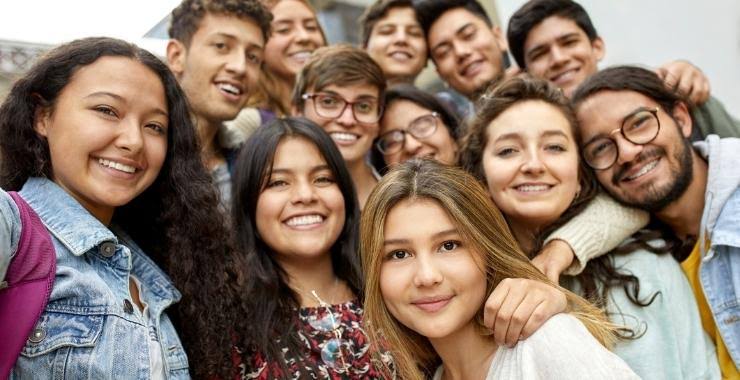The Younger Generation: Who are they?

A 'Young Generation' refers to individuals who are culturally and historically specific, encompassing terms such as young adults, youth, adolescents, and teenagers. Their behaviors, choices, and attitudes are influenced by various life-oriented factors and experiences over time.
The definition of young people is culturally and historically specific, varying through time and between different societies. Similar terms include young adults, youth, adolescent/adolescence, and teenagers. Age is a symbol of life experience, which has various effects on and meanings for different life choices and daily activities. However, most transportation studies have only focused on young people's travel behavior itself and ignored the role of life-oriented factors in determining their travel behavior or differentiating their behaviors from other generations. To better capture various dynamics, it is worth tracing young people over the life course.
Adolescence, youth, and young people
The concept of youth is relatively new. It gained strength at the international level in the second half of the 20th century, derived mainly from the economic and political need to engage young people as a separate stakeholder group. For statistical consistency and comparisons across countries, the UN defines “young people” as those between the ages of 10 and 24 years. Included in this definition is the classification of adolescence, which comprises the ages of 10–19 years old. This operational definition allows the UN system to monitor and document activities regardless of the definitions adopted by Member States in their national youth-related legislation and policies, as well as in any local definition of youth.
When defining youth, however, it is imperative not to assume that the process of aging is universally the same. Young people are subject to power dynamics that respond to their age, gender, social and economic class, ethnicity, race, sexual orientation, human immunodeficiency virus (HIV) status, and other dimensions that shape their personal identity. The boundaries of childhood, adolescence, youth, and adulthood evolve constantly and may become blurry. As it was pointed out, it is difficult for some sections of the population to identify into which phase a person is transitioning through, especially when the usual benchmarks have been postponed indefinitely or were never present at all.
Although age provides a reference for personal transitions from one life stage to another, and having a standardized youth definition is practical from a program's point of view, the process of moving from child to youth and finally adulthood is an experience profoundly ingrained in the cultural, economic, social, and political contexts where people live and grow.
In areas of the world with high-income levels, the demarcation of childhood, youth, and adulthood may be less clear-cut. Young people delay marriage, childbearing, and extend their student status while living in a separate household from their parents but are not always economically independent from them or State welfare. At the other end of the development continuum, a large proportion of age-defined young people are affected every day by poverty, unemployment, lack of education, conflict, migration, violence, HIV, and other difficulties that force them to move directly from childhood to adulthood, without the possibility of experiencing their youth as a period of experimentation, preparation, and/or transition.
These different social and political factors are key determinants of what role young people see for themselves in society and the ways in which young people participate in programs and policies. Interventions and policies need to be sensitive and tailored to the local cultural and social expressions of being young in addition to key SRHR indicators for this population.
Now, What is youth participation?
Many international organizations and agencies concur that youth participation should not be regarded solely as a component that will improve the health or development outcomes of a given program or intervention but, rather, as a human right that needs to be monitored and evaluated with the use of specific policy and program indicators. Participation can be regarded as a civil and political right (i.e., participation in political elections) and as an economic, cultural, and social right (i.e., the participation in the design and implementation of development agendas, including health, education, housing policies, and poverty reduction strategies such as youth employment). Children's and adolescents' right to participation in all matters related to their own lives has been recognized in the Convention on the Rights of the Child. States party to Convention on the Rights of the Child, with attention to the principles of the best interest of the child and evolving capacities, must guarantee the conditions that are conducive for the inclusion of their opinions and concerns.
Some UN documents define participation as seeking information, expressing ideas, taking an active role in different steps of the process of creating a policy or program, being informed and consulted on decisions concerning public interest, analyzing situations and even making personal choices. Hart describes participation as the core characteristic of civic life, as a process of “sharing decisions which affect one's life and the life of the community in which one lives. It is the means by which a democracy is built and it is a standard against which democracies should be measured. Participation is the fundamental right of citizenship”
Soon to be posted: Theoretical frameworks for youth participation.
Always mention image source, if yours write it too to make it confirm. Thanks